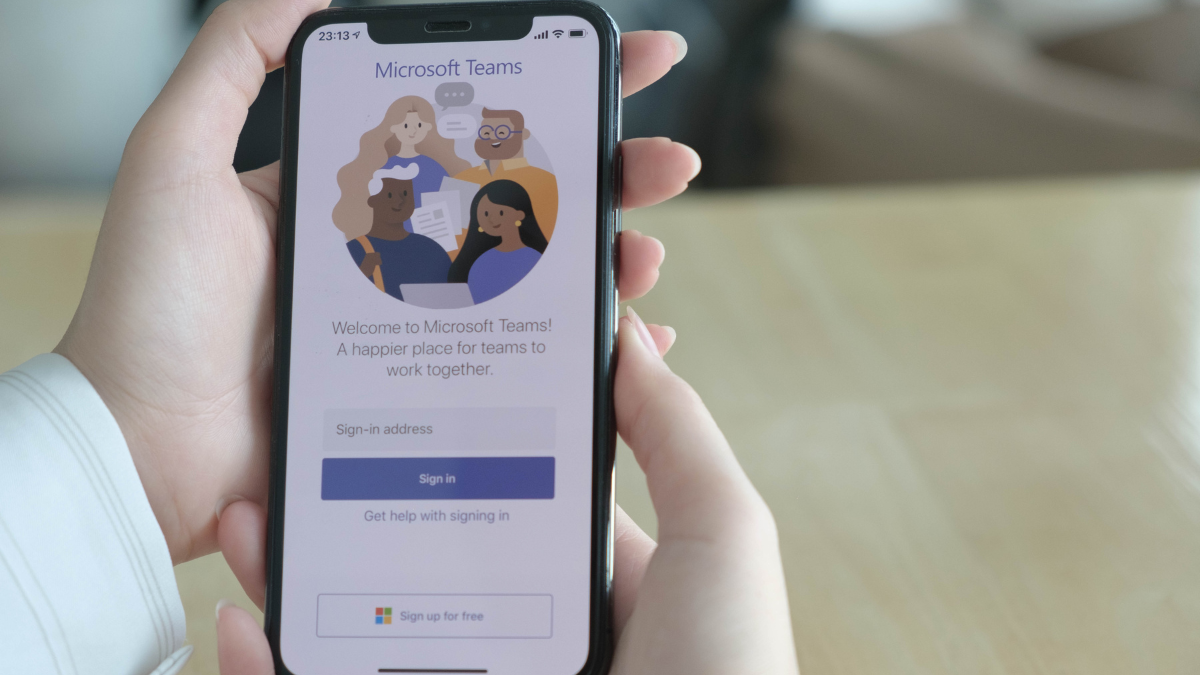Like an epic journey, Microsoft’s history starts from humble beginnings in a simple garage, eventually covering the globe with its influence. You’ve likely used their products, be it Windows, Office, or Skype, but do you know the story behind their creation?
The twists and turns, the victories and defeats that shaped this tech giant into what it is today? Strap in as we take a chronological trip through Microsoft’s past, a journey that’s sure to surprise and intrigue. After all, who knows what insights we might glean from their path to global dominance?
The humble beginnings: 1975-1980
In 1975, you could find Microsoft’s humble beginnings in a small garage, where they started their journey to become one of the world’s leading technology companies. You’d see two young men, Bill Gates and Paul Allen, putting in hours of hard work, fueled by a shared vision to make software accessible to everyone.
As the years passed, the company quickly grew. You’d notice Microsoft’s first major achievement in 1979, when they relocated to Bellevue, Washington. It’s there where they built the foundation of what’s now a global empire. You’d see them working tirelessly, developing and refining the BASIC interpreters for microcomputers.
By 1980, you’d watch as IBM, a tech giant, approached Microsoft. They needed an operating system for their upcoming personal computer. In response, Microsoft didn’t miss a beat. They purchased an operating system from Seattle Computer Products and adapted it for IBM. That was the birth of MS-DOS, marking a pivotal moment in Microsoft’s history.
You’d witness the start of something great, a small garage operation that grew into a tech giant. This period laid the groundwork for their next big project, yet that’s a story for another time.
Launching Windows: 1981-1990
Picking up from where MS-DOS left off, the 1980s saw Microsoft breaking new ground with the introduction of their revolutionary product, Windows. You might think it’s always been there, but Windows was a game-changer when it first hit the scene in 1985. This graphical operating system provided a user-friendly interface, a stark contrast to the text-based MS-DOS. It’s hard to imagine now, but before Windows, using a computer required typing precise commands.
Yet, it wasn’t an instant success. The first version, Windows 1.0, was slow and lacked the software support necessary to draw in users. But Microsoft didn’t give up. They kept innovating and improving, releasing Windows 2.0 in 1987. This version was faster, more reliable, and it could run more programs. It was a hit!
Internet age and expansion: 1991-2000
As the 90s rolled in, Microsoft set its sights on the burgeoning internet, expanding its horizons far beyond just operating systems. You’ll remember this as the decade when the world wide web really took off, and Microsoft wasn’t about to be left behind.
In 1995, it launched Windows 95, the first operating system with built-in Internet support. Around the same time, you saw the debut of Internet Explorer, Microsoft’s web browser that would become a key player in the infamous ‘browser wars’. You also witnessed Microsoft’s move into the office suite market with the release of Office 95.
The era of innovation: 2001-2010
Entering the new millennium, you’ll see that Microsoft didn’t rest on its laurels, instead, it ushered in an era of extraordinary innovation from 2001 to 2010. During this time, the company expanded beyond its traditional software products, introducing new services and devices that shaped the tech world.
In 2001, the game-changer was the launch of the Xbox, Microsoft’s entry into the video gaming market. You’d be amazed to know how it quickly became a major competitor to established gaming giants like Sony and Nintendo.
Then in 2005, you’d witness the introduction of the Xbox 360, a console that revolutionized gaming with its advanced graphics and online gaming service, Xbox Live. This wasn’t just a game console, but a full entertainment system.
You’d also see Microsoft’s influence grow in the web search space with the launch of Bing in 2009. While Google still dominated, Bing carved out a niche for itself with its unique approach to search results.
To cap off the decade, you’d see the release of Windows 7 in 2009. It’s seen as one of Microsoft’s best operating systems, boasting improved speed, reliability, and user-friendly features. Truly, this was a decade of innovation for Microsoft.
Microsoft today: 2011-Present
After the decade of innovation, Microsoft didn’t lose momentum and continued to evolve and expand its reach from 2011 to the present day. You’ve seen major changes in the company’s structure and strategy, with a shift towards cloud computing and subscription-based services.
The star of the show is undoubtedly Microsoft’s Azure, a cloud platform that’s become a key player in the tech industry. It’s evolved to provide a plethora of services, from AI capabilities to analytics, giving you a comprehensive solution to your cloud computing needs.
Windows 10, released in 2015, became another milestone. It’s a versatile operating system that’s been adopted by millions of users globally. You might be one of them, enjoying its fluid interface and improved security features.
But the company hasn’t stopped at software. You’ve seen Microsoft delve into hardware with the Surface line of products, delivering sleek designs and powerful performance. And the company’s entry into the world of gaming with Xbox has been nothing short of revolutionary.
In short, Microsoft’s journey from 2011 to now is a testament to its adaptability and foresight. You’ve seen it embrace change, innovate, and continue to shape the tech landscape. The Microsoft of today is vastly different from its garage beginnings, but it’s clear the spirit of innovation is still very much alive.
Conclusion
You’ve journeyed through Microsoft’s history, from its humble beginnings in a garage in 1975 to launching Windows, embracing the Internet age, innovating relentlessly, and shaping today’s digital world.
A testament to the power of vision, adaptation, and relentless innovation, Microsoft continues to play a pivotal role in how we interact with technology.
It’s clear, Microsoft’s story is far from over; it’s still being written.







